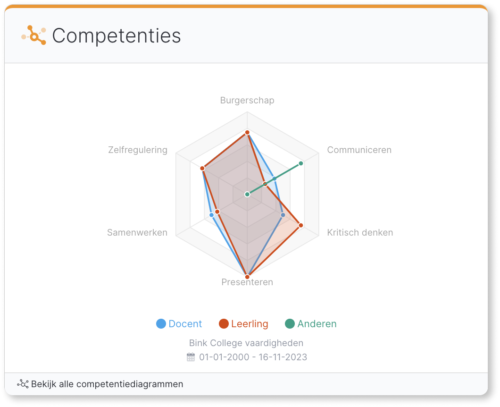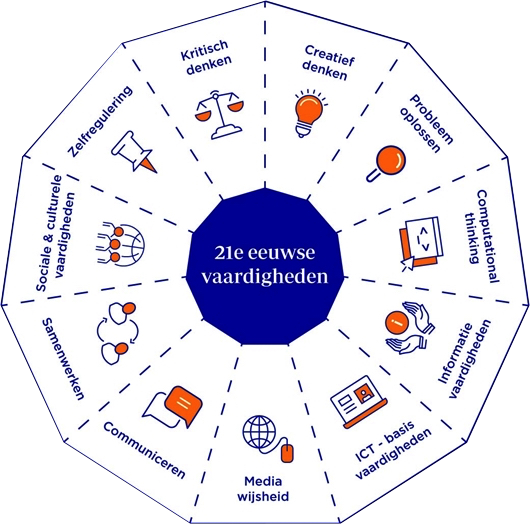Understanding 21st century skills
The Simulise portfolio provides every opportunity to demonstrate 21st century skills and measure development. Each student can see their own development in the digital portfolio with user-friendly competency charts.
As a school, in addition to the rubrics provided for 21st century or broad skills, you can add your own rubrics for any other desired skill.
Also included as standard for Career Orientation & Guidance (LOB) are assignments, rubrics and competency charts.

Why Simulise
The Simulise portfolio supports students in developing skills and provides the teacher with insight into how the student is developing.
Students can track their own progress in a fun and easy way as well as provide feedback on each other’s work. Students choose which skills they want to practice extra. By default, Simulise includes the 21st century skills with associated rubrics.
Teachers have a complete overview of student progress with the comprehensive statistics. The 21st century skills are thus naturally incorporated into the curriculum and support the existing curriculum.

Frequently Asked Questions
It involves 11 skills: Critical thinking, Creative thinking, Problem solving, Basic ICT skills, Communication, Collaboration, Social and cultural skills, Self regulation, Information skills, Computational thinking and Media literacy.
The 21st century skills are important because the world is constantly changing. It is up to us to move with this and prepare our children for their future as best we can.
Digitization has given us access to a broad, new world: the digital world. This world has its own norms and values. Media literacy is then essential, after all, you can’t believe everything that’s on the Internet. Thereby, the development of technology is going faster and faster, making our society more dynamic and flexible. With 21st century skills, students are prepared for this as best they can.
That’s quite a tricky question. When did you objectively earn a 7.5 for creativity, an 8 for critical thinking and a 6 for problem solving? Or even trickier, how do you know when you have reached the level of self-direction desired for a specific job or further education?
Look carefully at a student’s behavior in different situations and you already know a great deal. Don’t give a grade, just an impression. In Simulise, we described the skills in rubrics with levels. At the highest level, a student has then proven that he can “discover what different pieces of information have to do with each other (find connections). This method of testing offers no rock-solid grade, no ultimate measurability. But dealing with that is a 21st century skill.







